Daytronic IL30A Bedienungsanleitung
Daytronic
Nicht kategorisiert
IL30A
Lies die bedienungsanleitung für Daytronic IL30A (12 Seiten) kostenlos online; sie gehört zur Kategorie Nicht kategorisiert. Dieses Handbuch wurde von 3 Personen als hilfreich bewertet und erhielt im Schnitt 4.6 Sterne aus 2 Bewertungen. Hast du eine Frage zu Daytronic IL30A oder möchtest du andere Nutzer dieses Produkts befragen? Stelle eine Frage
Seite 1/12

The Model IL30A is a single-channel conditioner of phase-sensitive carrier-amplifier design.
Intended for applications involving linear variable differential transformer (LVDT) sensors or
with the addition of two completion resistors, variable reluctance transducers can be
accommodated. The IL30A will condition and provide a calibrated analog output signal for the
measurement of force, load, pressure, displacement and other parameters associated with AC
based LVDT sensors. The IL30A can be used with short or long stroke LVDTs with user
selectable gain, zero, automatic or manual phase control and selectable analog output of
voltage or current.
1 GENERAL DESCRIPTION AND SPECIFICATIONS
IL30A
IN-LINE AC LVDT Conditioner
MODEL IL30A
AC LVDT
C
ONDITIONER Module
The Model IL30A is calibrated by the “ two-point (dead-weight)” process involving
known displacement standards, which is outlined in section three.
Access switch settings by removing the top cover of the IL30A case (4 phillips head
screws) and position the switch settings per the application. Leave case open to access cable
connections, calibration adjustments and null control (if required).
GENERAL DESCRIPTION AND SPECIFICATIONS IL30A.1
Top View of the Model IL30A
AC LVDT Module
(cover removed)
92370.00 rev. B
A

WARNING
Death, serious injury, or fire
hazard could result from improper connection of this instrument. Read and understand this
manual before connecting this instrument. Follow all installation and operating instructions while using this instrument.
Connection of this instrument must be performed in compliance with the National Electrical Code (ANSI/NFPA 70-2014) of
USA
and any additional safety requirements applicable to your installation.
Installation, operation, and maintenance o
f this instrument must be performed by qualified personnel only. The National
Electrical Code defines a qualified person as “one who has demonstrated the skills and knowledge related to the construction
and operation of the electrical equipment and installations, and who has received safety training on the hazards involved.”
Qualified personnel who work on or near exposed energized electrical conductors must follow applicable safety related
work
practices and procedures including appropriate personal protective equipment in compliance with the Standard for
Electrical Safety Requirements for Employee Workplaces (ANSI/NFPA 70E-2012) of USA and any additional workplace safety
requirements applicable to your installation.
ADVERTENCIA
Una conexión incorrecta de este instrumento puede producir la muerte, lesiones graves y riesgo de incendio. Lea y entienda
este manual antes de conectar. Observe todas las instrucciones de instalación y operación durante el uso
de este
instrumento.
La conexión de este instrumento a un sistema eléctrico se debe realizar
en conformidad con el Código Eléctrico Nacional
(ANSI/NFPA 70-2014) de los E.E.U.U., además de cualquier otra norma de seguridad correspondiente a su
establecimiento.
La instalación, operación y mantenimiento de este instrumento debe ser realizada por personal calificado solamente. El
Código Eléctrico N
acional define a una persona calificada como "una que esté familiarizada con la construcción y operación del
equipo y con los riesgos involucrados."
El personal cualificado que trabaja encendido o acerca a los conductores eléctricos energizados expuestos debe seguir
prácticas y procedimientos relacionados seguridad aplicable del trabajo
incluyendo el equipo protector personal apropiado
en conformidad con el estándar para los requisitos de seguridad eléctricos para los lugares de trabajo del empleado (ANSI/
NFPA 70E-2012) de los E.E.U.U. y cualquier requisito de seguridad adicional del lugar de trabajo aplicable a su instalación.
AVERTISSEMENT
Si l'instrument est mal connecté, la mort, des blessures graves, ou un danger d'incendie peuvent s'en suivre. Lisez
attentivement ce manuel avant de connecter
l'instrument. Lorsque vous utilisez l'instrument, suivez toutes les
instructions d'installation et de service.
Cet instrument doit être connecté conformément
au National Electrical Code (ANSI/NFPA 70-2014) des Etats-Unis et à
toutes les exigences de sécurité applicables à votre installation.
Cet instrument doit être installé, utilisé et entretenu uniquement par un personnel qualifié. Selon le National Electrical
Code, une personne
est qualifiée si "elle connaît bien la construction et l'utilisation de l'équipement, ainsi que les dangers
que cela implique".
Le personnel qualifié qui travaillent dessus ou s'approchent des conducteurs électriques activés exposés doit suivre des
pratiques en ma
tière et des procédures reliées par sûreté applicable de travail comprenant le matériel de protection
personnel approprié conformément à la norme pour des conditions de sûreté électriques pour les lieux de travail des
employés (ANSI/NFPA 70E-2012) des Etats-Unis et toutes les conditions de sûreté additionnelles de lieu de travail
applicables à votre installation.
Produktspezifikationen
| Marke: | Daytronic |
| Kategorie: | Nicht kategorisiert |
| Modell: | IL30A |
Brauchst du Hilfe?
Wenn Sie Hilfe mit Daytronic IL30A benötigen, stellen Sie unten eine Frage und andere Benutzer werden Ihnen antworten
Bedienungsanleitung Nicht kategorisiert Daytronic
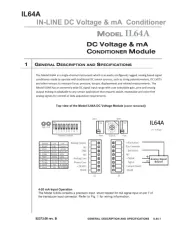
7 September 2025

7 September 2025
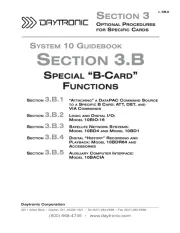
7 September 2025
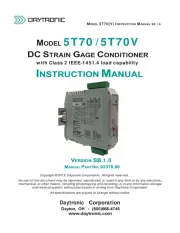
7 September 2025
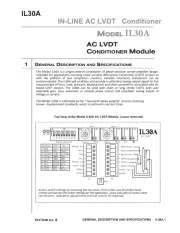
7 September 2025
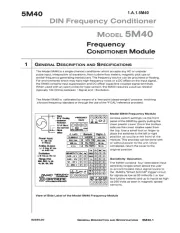
7 September 2025

7 September 2025

7 September 2025

7 September 2025

7 September 2025
Bedienungsanleitung Nicht kategorisiert
- Razorri
- Tudor
- Lynx Technik
- Sescom
- Carrera
- Ansco
- MGL Avionics
- BEKO
- Kathrein
- Banoch
- Marker
- Datacolor
- Rega
- Skandika
- Vitamix
Neueste Bedienungsanleitung für -Kategorien-
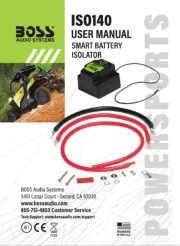
7 September 2025
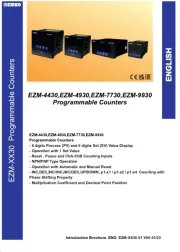
7 September 2025
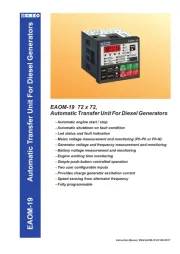
7 September 2025

7 September 2025
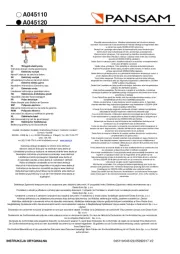
7 September 2025

7 September 2025
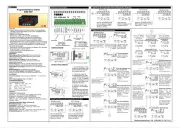
7 September 2025

7 September 2025
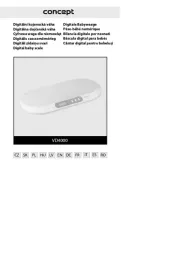
7 September 2025
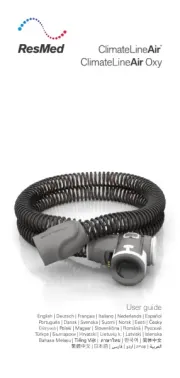
7 September 2025